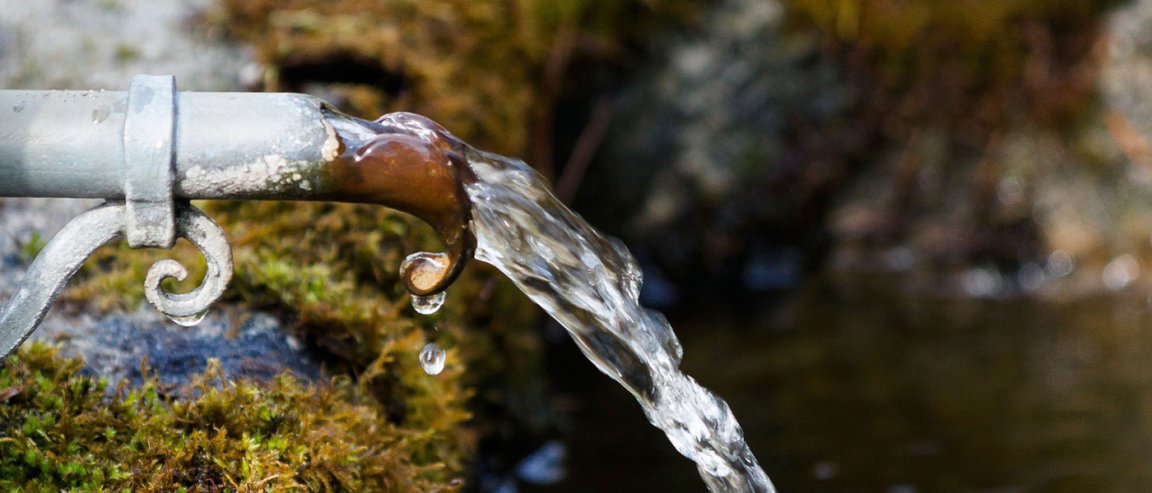
History of the Clean Water Rule
The Clean Water Rule (CWR) was established in 2015 in a joint effort between the U.S. Environmental Protection Agency and the U.S. Army. The aim was to protect the country’s streams and wetlands from pollution and define the exact waters protected under the Clean Water Act (1972). When the CWR was established, EPA Administrator Gina McCarthy said, “For the water in the rivers and lakes in our communities that flow to our drinking water to be clean, the streams and wetlands that feed them need to be clean too.”
One in three people (117 million) were getting their drinking water from streams that were not clearly protected before the establishment of the CWR. Clean water is also an important part of conservation – nearly all species need water to survive. The news release states:
Streams and wetlands provide many benefits to communities by trapping floodwaters, recharging groundwater supplies, filtering pollution, and providing habitat for fish and wildlife. Impacts from climate change like drought, sea level rise, stronger storms, and warmer temperatures threaten the quantity and quality of America’s water. Protecting streams and wetlands will improve our nation’s resilience to climate change.
Specifically, the CWR protects “navigable waterways and their tributaries.” Basically, anything that flows downstream into bigger water is covered by the CWR.
The Future Under President Trump
On February 28, 2017, U.S. President Donald Trump issued an executive order entitled “Restoring the Rule of Law, Federalism, and Economic Growth by Reviewing the ‘Waters of the United States’ Rule.” This calls for a review of the CWR by the Administrator of the EPA and the Assistant Secretary of the Army for Civil Works. The intent is to either rescind or revise the rule so that the country’s navigable waters are protected from pollution, “while at the same time promoting economic growth, minimizing regulatory uncertainty, and showing due regard for the roles of the Congress and the States under the Constitution.”
The Executive Order also asks that the term “navigable waters” be interpreted as former Justice Scalia did in Rapanos v. United States. Scalia wrote in his opinion that “‘the waters of the United States’ include only relatively permanent, standing or flowing bodies of water.”
The American Farm Bureau Federation is also in opposition to the CWR, creating an ad campaign against it. They state that the permits required are restrictive and expensive. They didn’t feel heard by the Obama administration.

President Trump said that he is “paving the way for the elimination” of the CWR with the passing of his Executive Order. He said of the CWR: “It was a massive power grab. Regulations and permits started treating our wonderful small farmers and small businesses as if they were a major industrial polluter. They treated them horribly.”
However, according to Jon Devine, an attorney with the Natural Resources Defense Council, actually overturning the rule can’t be accomplished through an executive order. Ellen Gilinsky, a former EPA administrator who was involved in the creation of the CWR, said, “I really think there’s a lot of blood shed over this rule that didn’t need to be. I think there’s an opportunity to take another look at it and bring everyone to the table and get a rule everyone can feel good about.” Hopefully, either way, our drinking water will stay clean and safe for everyone.